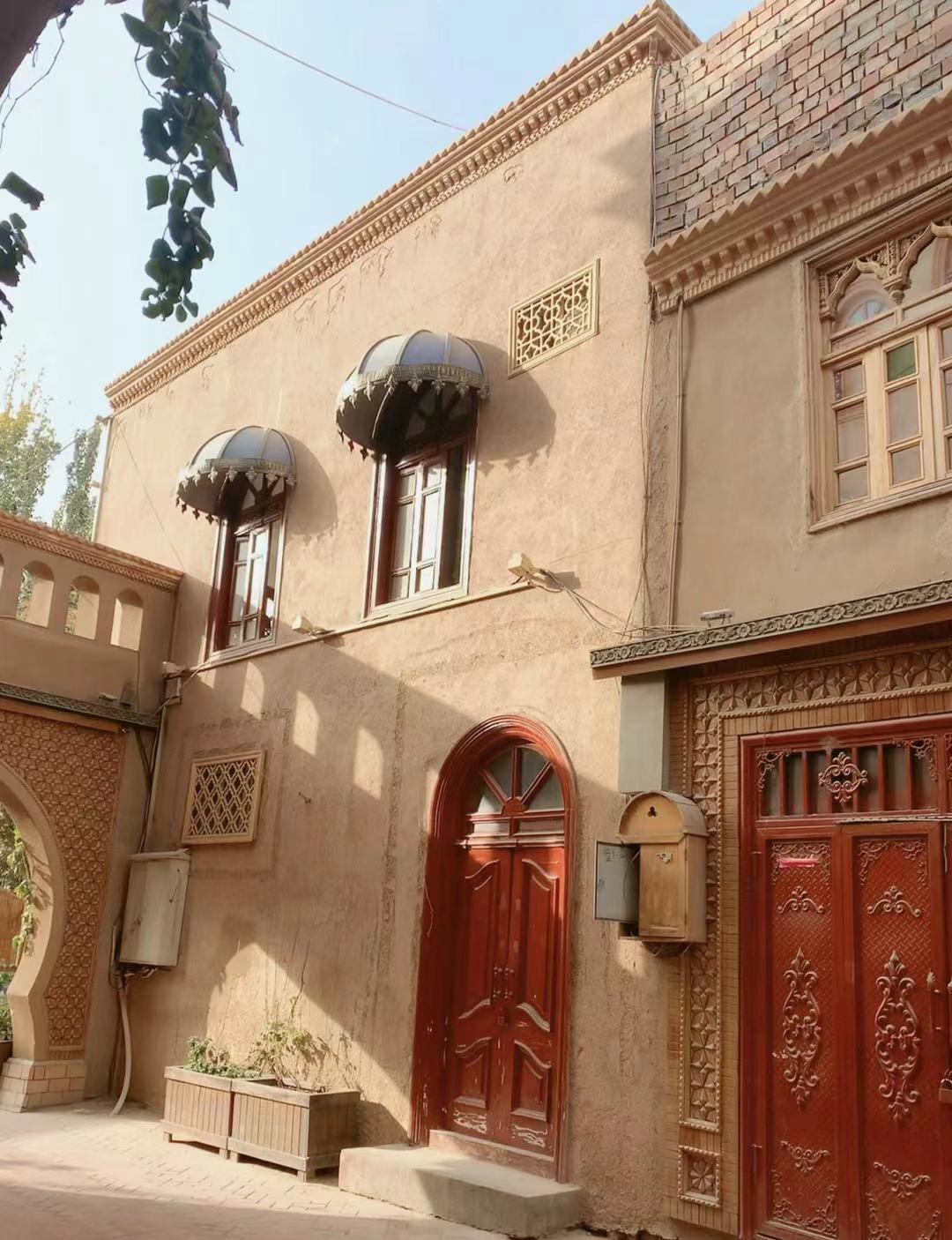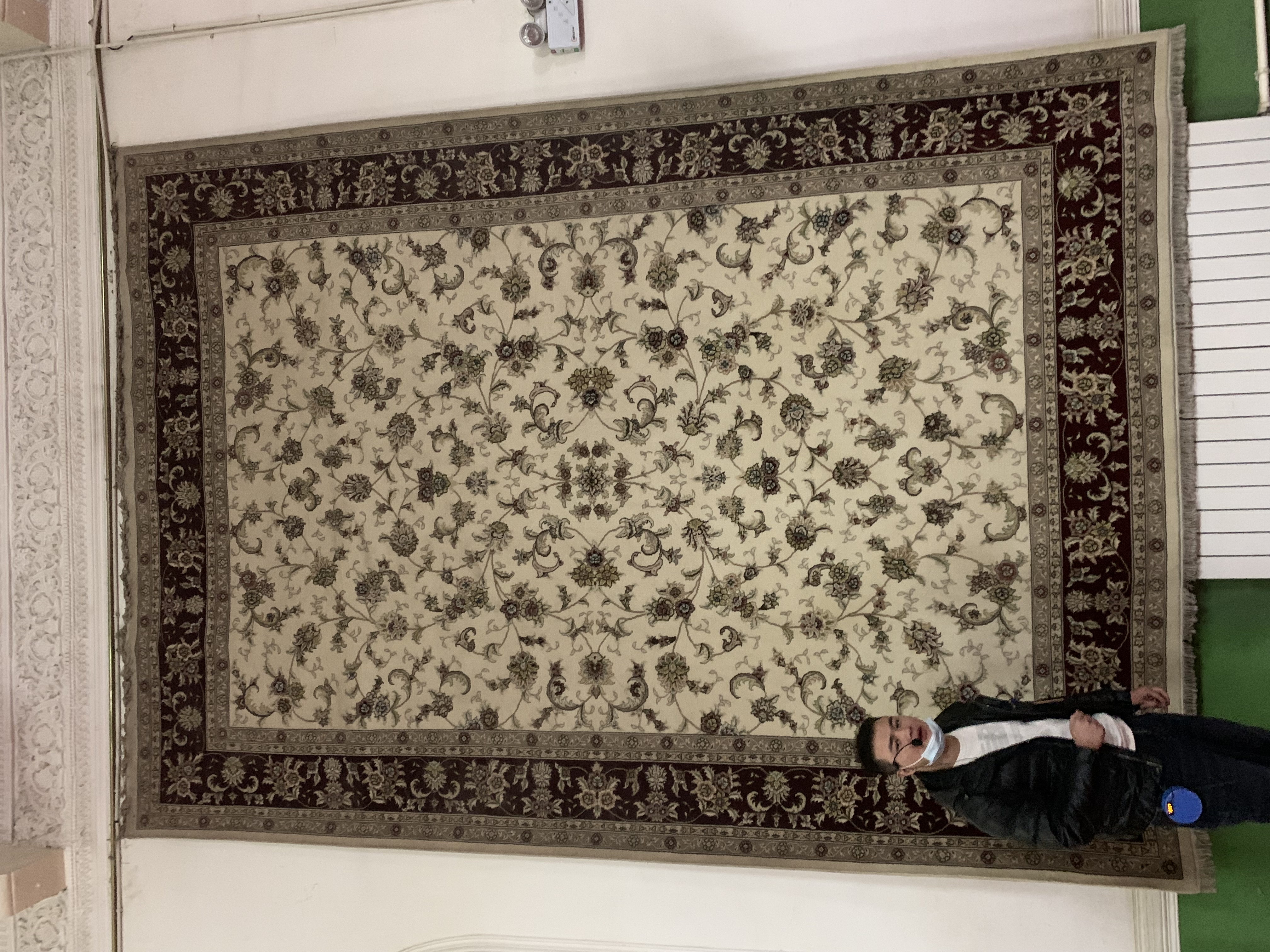The Ancient City of Kashgar is home to strong Uygur folk customs, culture, art, architectural styles. It is a shining pearl in the Xinjiang section of the Silk Road and a must-visit place in northwest China's Xinjiang Uygur Autonomous Region.
Many people who have been to the ancient city of Kashgar say that if time permits, they would like to wander around the old city from day to night and spend days here.

People living in the Ancient City of Kashgar, Xinjiang Uygur Autonomous Region, China. /CGTN
People living in the Ancient City of Kashgar, Xinjiang Uygur Autonomous Region, China. /CGTN
The Ancient City of Kashgar is located in the center of Kashgar and is one of the largest surviving earthen buildings in the world. With a history of 2,100 years, the old city is the first historical and cultural city in Xinjiang and is known as the "soul of Kashgar." Its long history, rich cultural heritage and unique ethnic customs all unleash the depth and charm of this city all the time.
With a gate opening ceremony every day, the city welcomes visitors with traditional Uygur dances. The major area of the scenic area is 1.57 square kilometers, with 12,000 households and nearly 40,000 people. The streets and lanes are crisscrossing, and the houses are mostly civil and brick-wood structures. Many of the traditional houses have a history of hundreds of years.

Residents' homes in the Ancient City of Kashgar, Xinjiang, China. /CGTN
Residents' homes in the Ancient City of Kashgar, Xinjiang, China. /CGTN
It is not a scenic spot built with huge sums of money, but the homeland where the Uygurs have lived until today. Visiting the ancient city is definitely a stop not to be missed.
During the day, you can see craftsmen in Kashgar making various handicrafts in their small shops, and various pure handicraft workshops are everywhere. Many craftsmen have inherited craftsmanship that has been passed down for centuries.

Residents' homes in the Ancient City of Kashgar, Xinjiang. /CGTN
Residents' homes in the Ancient City of Kashgar, Xinjiang. /CGTN

A street view of the Ancient City of Kashgar, Xinjiang. /CGTN
A street view of the Ancient City of Kashgar, Xinjiang. /CGTN
The Id Kah Mosque is located in the center of the old city. It is one of the largest mosques in China and contains many magnificent and distinctive architecture. A handmade tapestry, called "National Unity," hangs in the temple.
According to the mosque staff, the 56 flowers on the tapestry symbolize the 56 ethnic groups in China, and their roots are connected to symbolize national unity.

According to the staff of the mosque, the 56 flowers on the tapestry symbolize the 56 ethnic groups in China, and their roots are connected to symbolize the national unity. /CGTN
According to the staff of the mosque, the 56 flowers on the tapestry symbolize the 56 ethnic groups in China, and their roots are connected to symbolize the national unity. /CGTN
Outside the Id Kah Mosque is the western part of the old city. The century-old teahouse there is also a place that tourists are keen to visit.
Visit the second floor of the tea house, order a pot of tea and listen to the singing and playing of Uygur artists to pass a relaxing afternoon. The locals like to bring naan, a Ugyur steamed bread, to the teahouse and have breakfast with their tea.
Kashgar Ancient City was successfully designated as a 5A national scenic spot on July 20, 2015, and is the only 5A historical and cultural scenic spot in Xinjiang.
(Top image designer: Li Jingjie)

